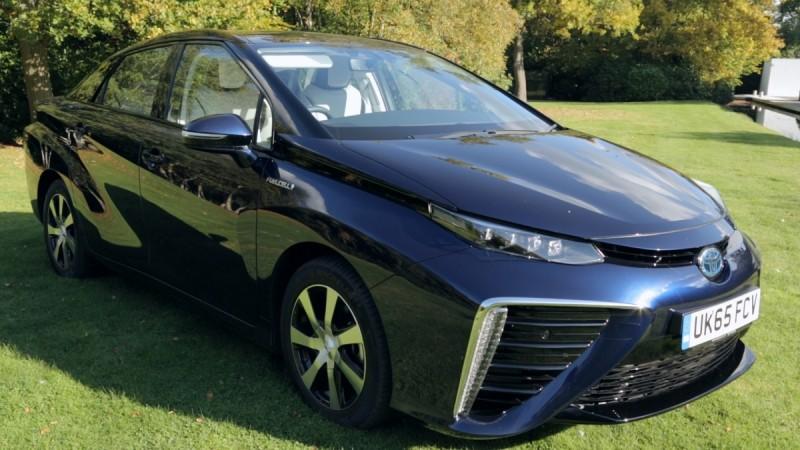
Splitting water into hydrogen and oxygen is the first step towards producing hydrogen gas, which is used to generate energy through a hydrogen fuel cell. Hydrogen is considered a top contender for producing green energy. However, so far, the biggest hurdle when it comes to producing hydrogen is how energy-intensive the process is.
The other option available is the use of photo-catalysts to produce hydrogen from biomass-derived products and researchers from Penn State university have made a breakthrough in this technique, EurekaAlert reports.
A photo-catalyst is a substance that alters the speed of a reaction with the help of light. The photo-catalyst in question here is titania and it helps speed up the reaction. What the researchers have done is alter its structure to speed the reaction up even more.
Read More: New fuel cell generates green energy from urine
Collaborating with Drexel University, the University of Trieste in Italy, the University of Cadiz in Spain and the Leibniz Institute for Catalysis in Germany over a five-year period, Christopher Murray of the University of Pennsylvania and Matteo Cargnello of Stanford University have discovered that the rate of hydrogen production can be hastened by increasing the length of the titania nanorods to 50 nm.
EurekaAlert reports that the titania nanorods absorb sunlight and convert water into hydrogen and oxygen. The reaction is spurned by "electrons" and "holes". But the problem is that they react with each other as they are charged differently.
Read More: China's nuclear fusion breakthrough produces 'artificial sun'
"What you want is that electron to reduce the water to hydrogen and that hole to oxidize the water to oxygen, such that the combination of these two half-reactions produces hydrogen gas on one side and oxygen gas on the other," Cargnello said.
The researchers, by inserting nanotubes in the titania effectively, increased the space between the electrons and the holes, thereby forcing them to react with the water instead of each other.
Read More: GE uses CO2 to solve solar energy's biggest drawback
The report states that the experiment parameters didn't allow the researchers to experiment with nanotubes longer 50 nm in length. It also reports that so far the scientists have been working with alcohols that are broken down into hydrogen and CO2. Despite being a contributor to global warming, the scientist aren't too worried about producing the gas and are certain that plants will absorb the CO2 and convert it into biomass, which can be used once again.








